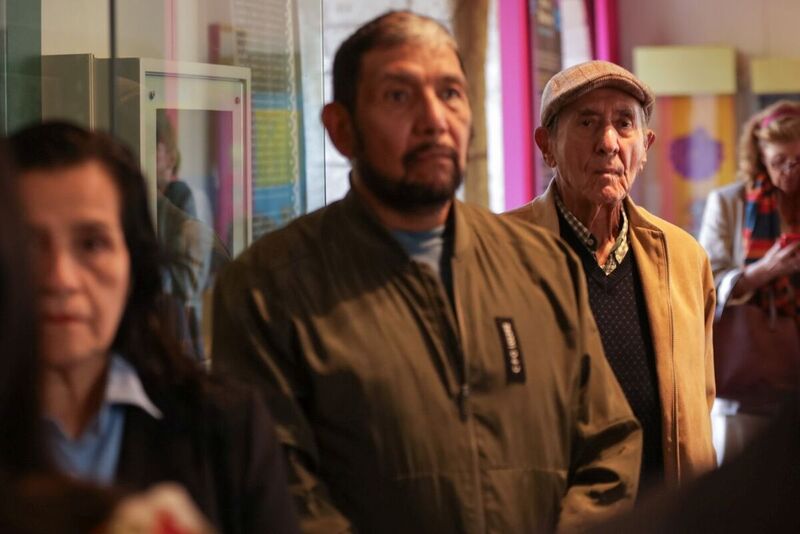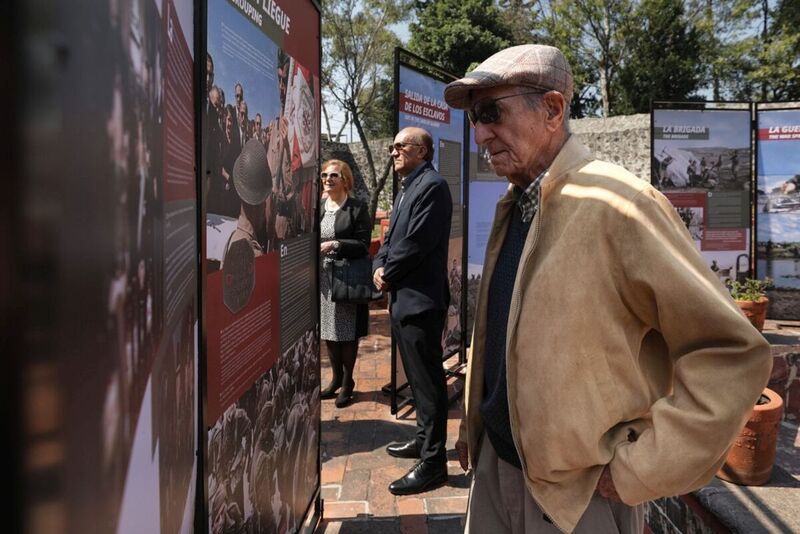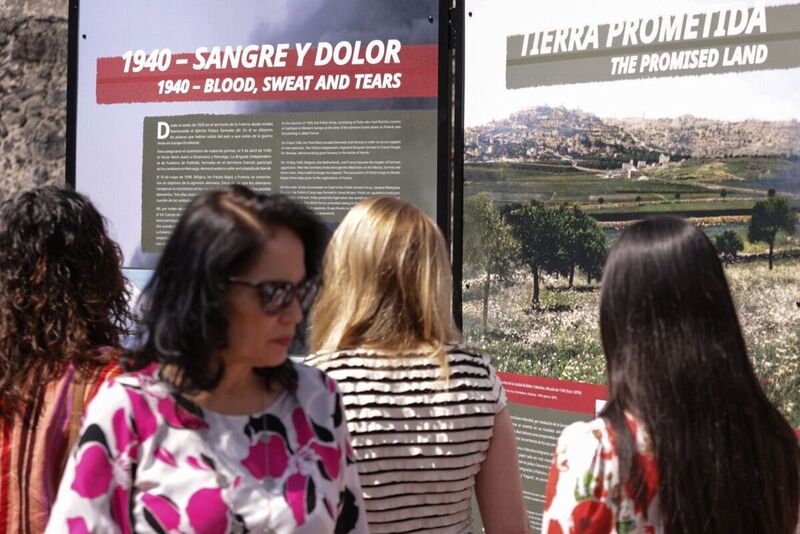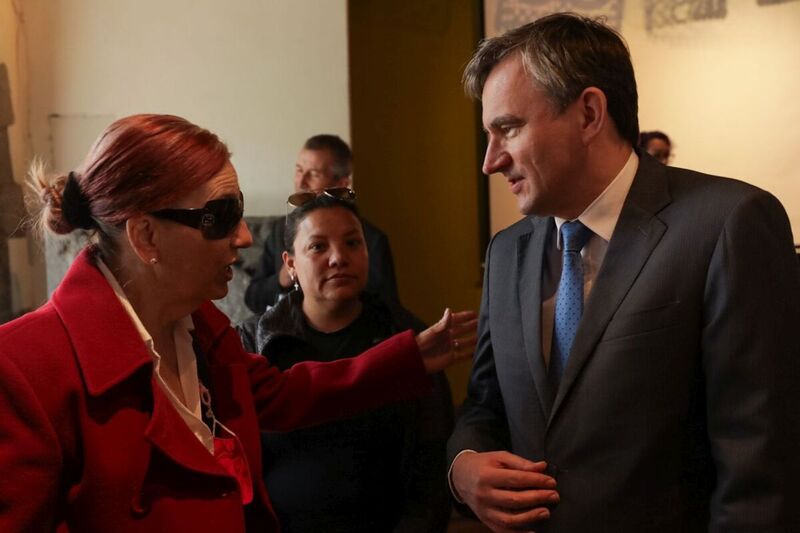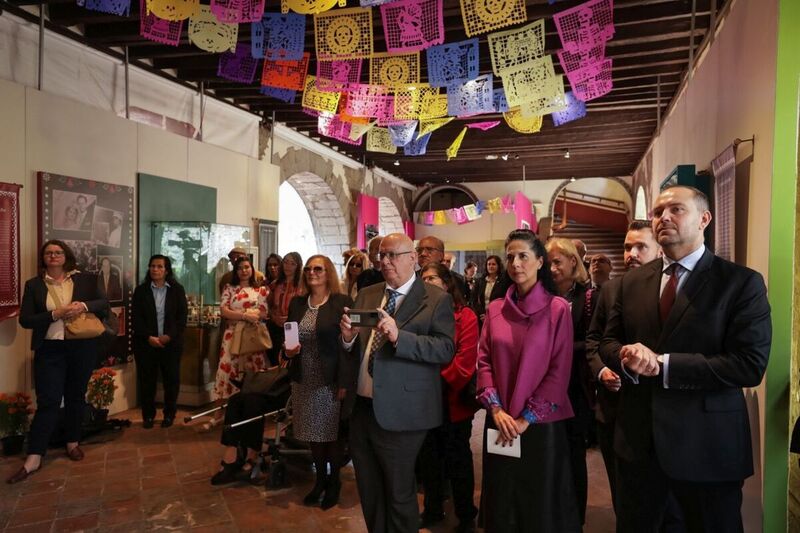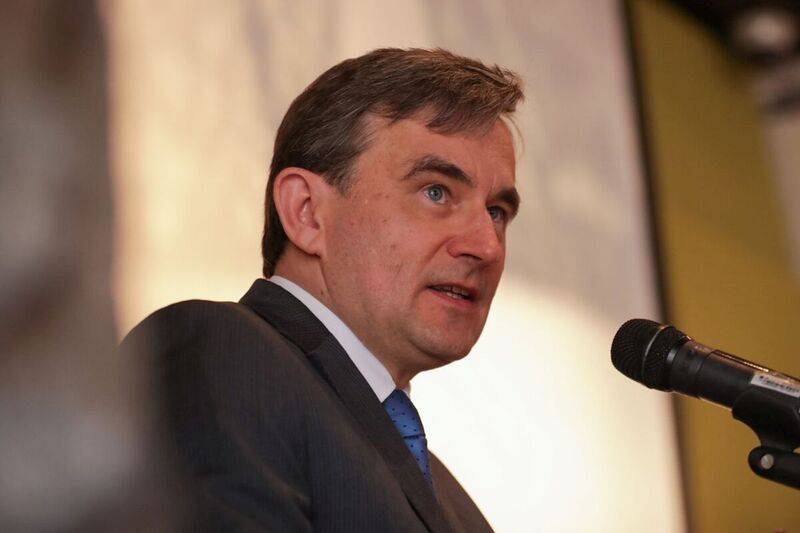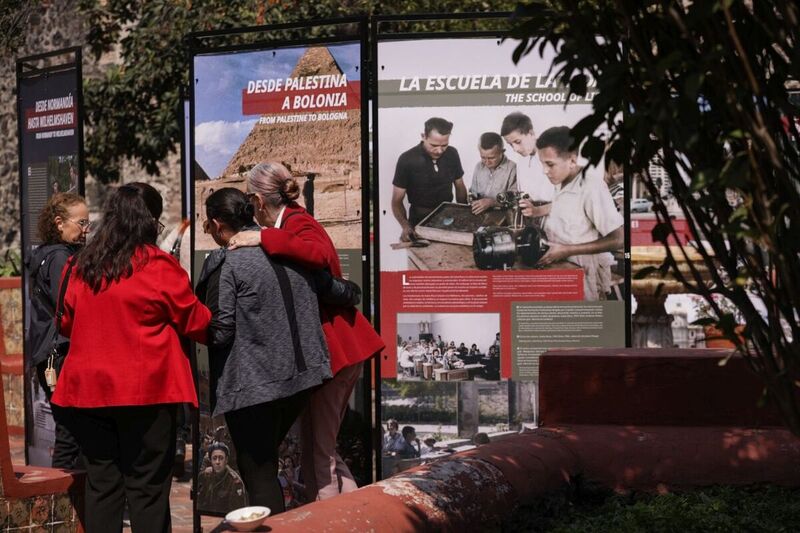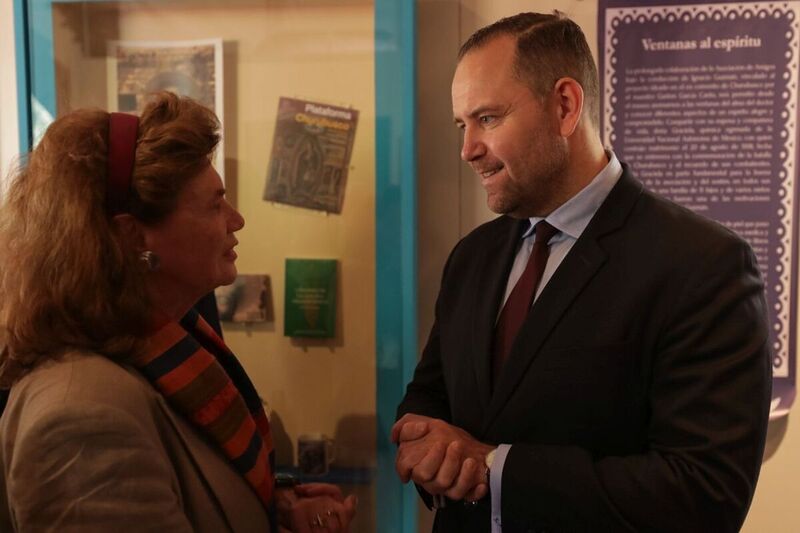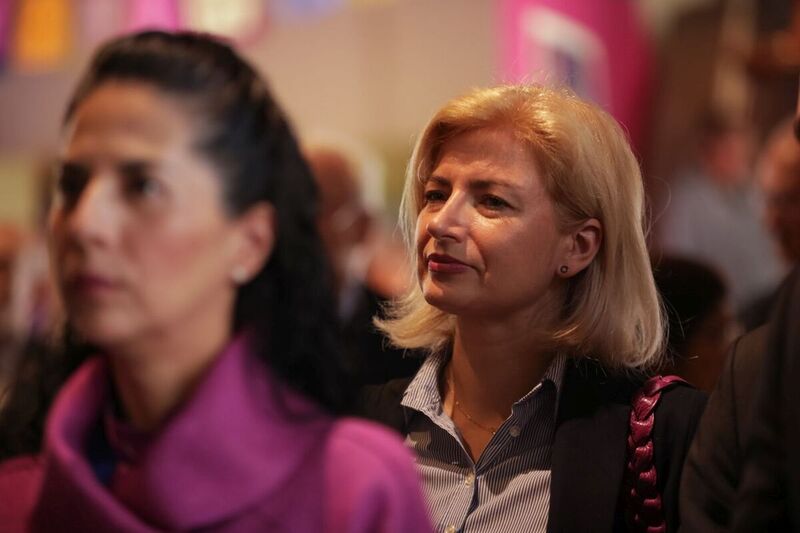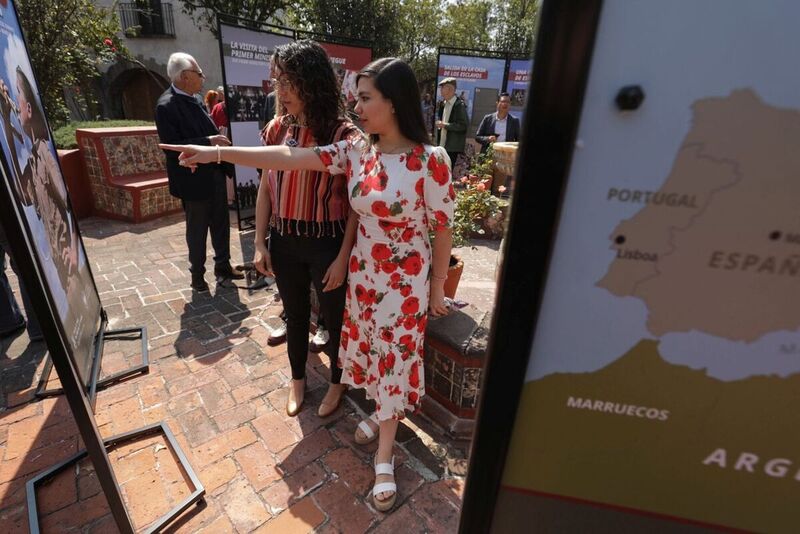The longest organized route of Poles evacuated from the Soviet Union led through Iran, India, Australia, New Zealand and the United States to Mexico. In the hope of finding a home, they crossed oceans, continents and countries, different cultures and religions. The fate of civilians and soldiers of General Władysław Anders is presented in the "Trails of Hope. The Odyssey of Freedom" exhibition which was presented on 3 November 2023 at the National Museum of Intervention in Mexico.
The exhibition was opened by the President of the Institute of National Remembrance Karol Nawrocki.
- I feel honored to be here with you and wish to express my deep gratitude for the opportunity to present the "Trails of Hope. The Odyssey of Freedom" exhibition here today. In September 1939, Poland was attacked by Germany and the Soviet Union, yet stood up to fight against two totalitarianisms, namely German National Socialism and Soviet Communism on behalf of the free world. The exhibition being presented today is an educational project, a story about the heroism of Polish soldiers who fought on all fronts of World War II, as well as a form of presenting the dramatic fate of the civilian population, especially children - said the President of the IPN, Karol Nawrocki.
He also noted the good relations between the then Polish and Mexican authorities, without which the evacuation would not have been possible:
The stay of the Polish population on Mexican soil would not have been possible had it not been for the Mexican authorities of the time. In late December 1942, then-Prime Minister of the Republic of Poland Gen. Władysław Sikorski paid a visit to Mexico, during which he met with President Manuel Ávila Camacho. During the talks, the Mexican government declared its readiness to take in a group of Polish citizens, mainly women and children, granting them the right to remain in Mexico - emphasized the IPN President.
The opening was attended by Polish Ambassador to Mexico and Costa Rica Maciej Ziętara, Director of the Museum of Intervention in Mexico Cecylia Genel and representatives of the IPN, including Director of the Office of International Cooperation Agnieszka Jędrzak. The exhibition, prepared in Spanish, was presented in the Museum courtyard, with Sławomir Bardski of the IPN's International Cooperation Office guiding the guests through the exhibit.
Mexico declared war on the Axis countries on 30 May 1942, and cooperated very extensively with the United States. From the beginning of the war, Mexico showed a lot of kindness to Poland, and despite pressure from Germany, the Mexican government recognized the Polish Government-in-Exile and appointed a representative to it.
After difficult, secret negotiations, Poland achieved a significant diplomatic success, obtaining Mexico's agreement to accept Polish refugees. During Prime Minister Władysław Sikorski's visit in December 1942, the Mexican government stressed its tradition of hospitality and solidarity with Poland in the face of German aggression. It also stressed the previous cordial relations between the two countries and Poland's heroic stance in the face of the Nazi invasion. On 30 December, diplomatic notes were exchanged between the Prime Minister of the Republic of Poland and the Mexican Foreign Minister Ezequiel Padilla Peñaloza on the reception of Polish refugees. The highlight of the trip was a meeting between the Commander-in-Chief and President Manuel Avila Camachem.
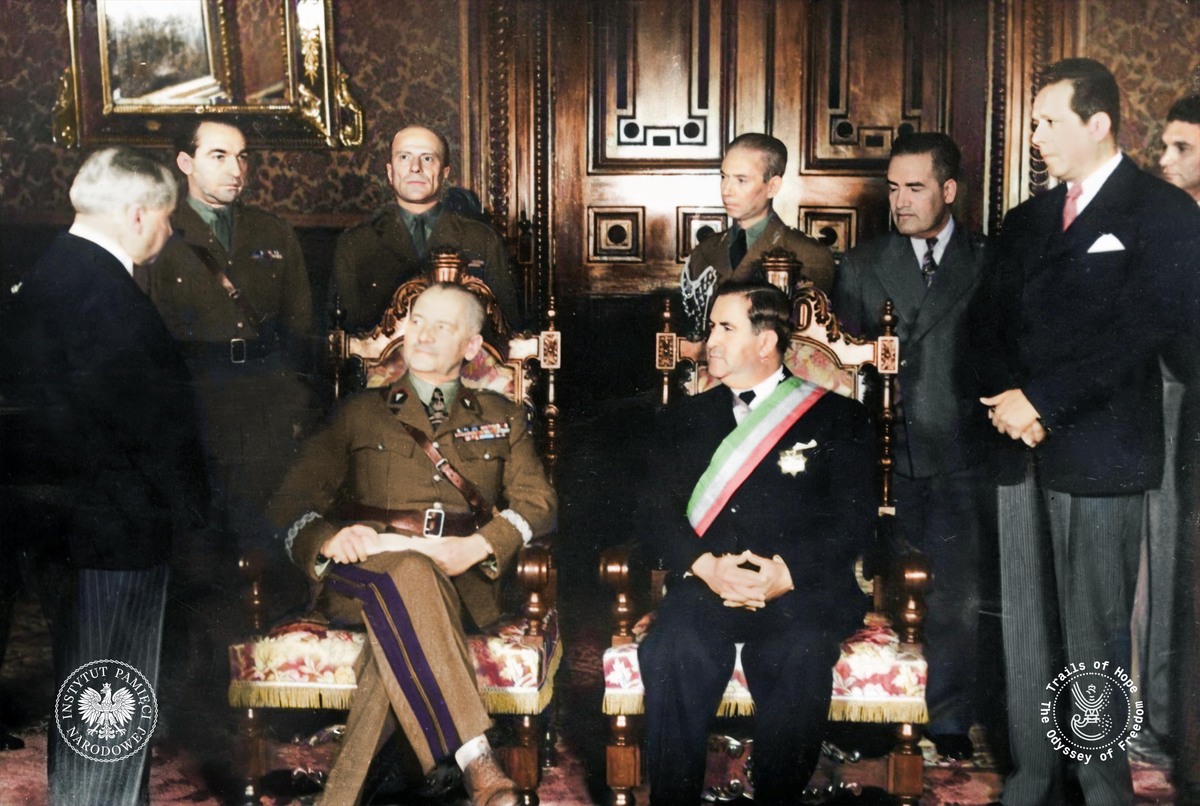
General Władysław Sikorski and Mexico’s President Manuel Ávila Camacho (Photo: NAC)
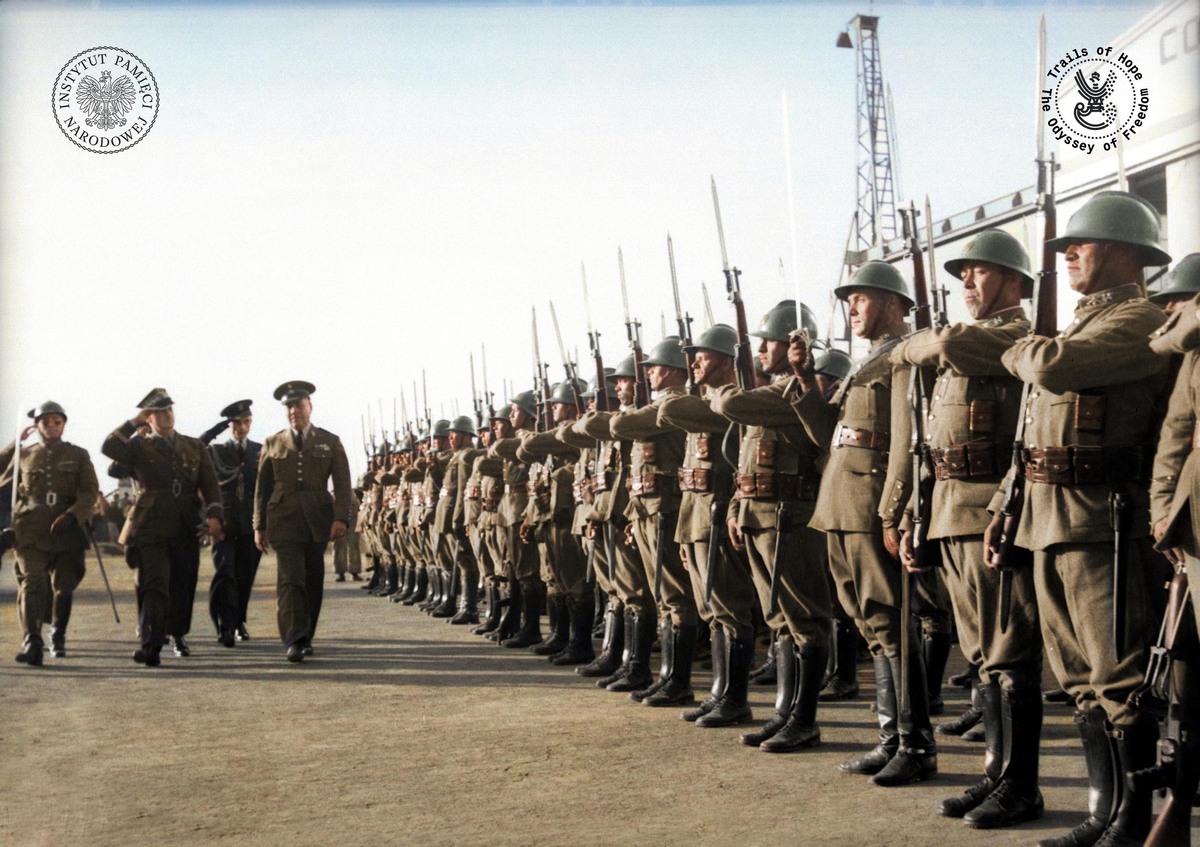
General Władysław Sikorski inspects the guard of honor of the Mexican army. Pictured here: Gen. Władysław Sikorski, Deputy Minister of Defense Maj. Gen. Francisco L. Urquizo. Military training camp, Mexico City, December 27, 1942 (Photo by Enrique Díaz, National Archives of Mexico).
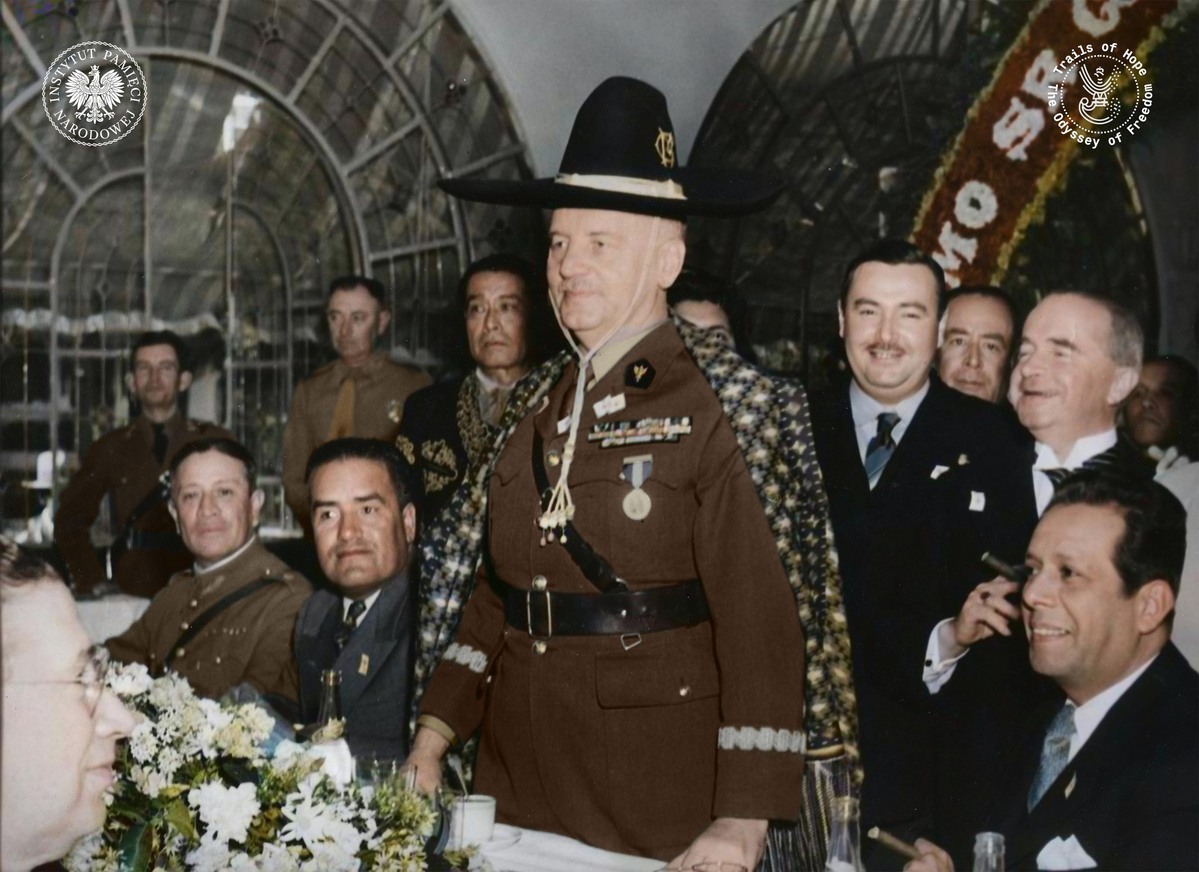
Visit by Prime Minister and Commander-in-Chief of the Polish Armed Forces Gen. Władysław Sikorski to Mexico. Seated first from the right is Foreign Minister Ezequiel Padilla Peñaloza, December 27-31, 1942. (Photo: Keystone Press Agency, courtesy of the Polish Institute and Sikorski Museum).
More information about the "Trails of Hope. The Odyssey of Freedom" project
